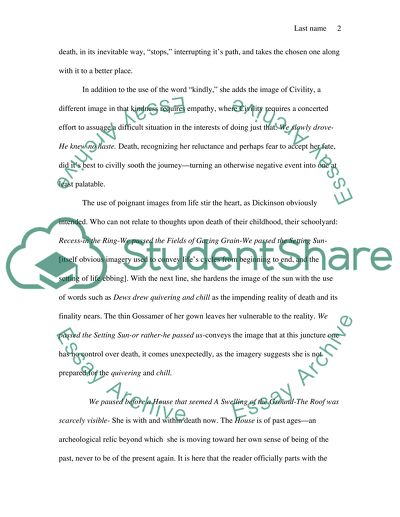Retrieved de https://studentshare.org/miscellaneous/1568138-how-imagery-is-used-in-emily-dickinsons-because-i-could-not-stop-for-death
https://studentshare.org/miscellaneous/1568138-how-imagery-is-used-in-emily-dickinsons-because-i-could-not-stop-for-death.


